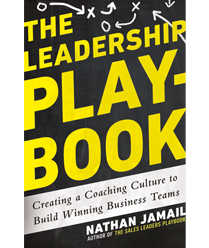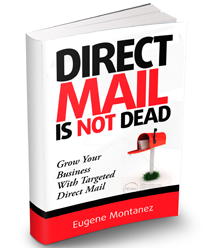Most midsized company leaders want their businesses to become mighty growth machines. Unfortunately, sometimes that growth slows, stops, or goes the other way, and their leaders don’t know why. Is it the market? Is it the product? Is it the leadership team? Is it something he or she has done wrong – an ill-conceived deal; an unrealistic strategy?
Because business consultants focus on big companies that can afford big consulting fees, and because the problems of the Fortune 500 are very different than those of midsized businesses, there have been very few books that provide relevant growth advice for midsized company leaders, or can point out where the growth-killing potholes hide.
But not anymore.
Robert Sher focuses exclusively on midsized companies. He has long been an advisor to CEOs and their teams at many midsized businesses. His new book Mighty Midsized Companies: How Leaders Overcome 7 Silent Growth Killers gives readers the inside story on many highly-successful midsized companies and describes the critical factors that have powered their success. Sher has spoken to (and advised) many of the leaders of these companies, and he understands what drives midsize company growth as well as the issues can creep up to kill it.
Sher’s book is devoted to the executives who run America’s 200,000 midsized companies as well as those 370,000 businesses with 20 or more employees who are on the verge of becoming midsized. It explains how CEOs and their management teams have overcome the growth killers and instituted mechanisms for avoiding them in the future.
For leaders of midsized companies, and for people who would like to turn their smaller businesses into bigger ones, Mighty Midsized Companies is a unique and essential read.










